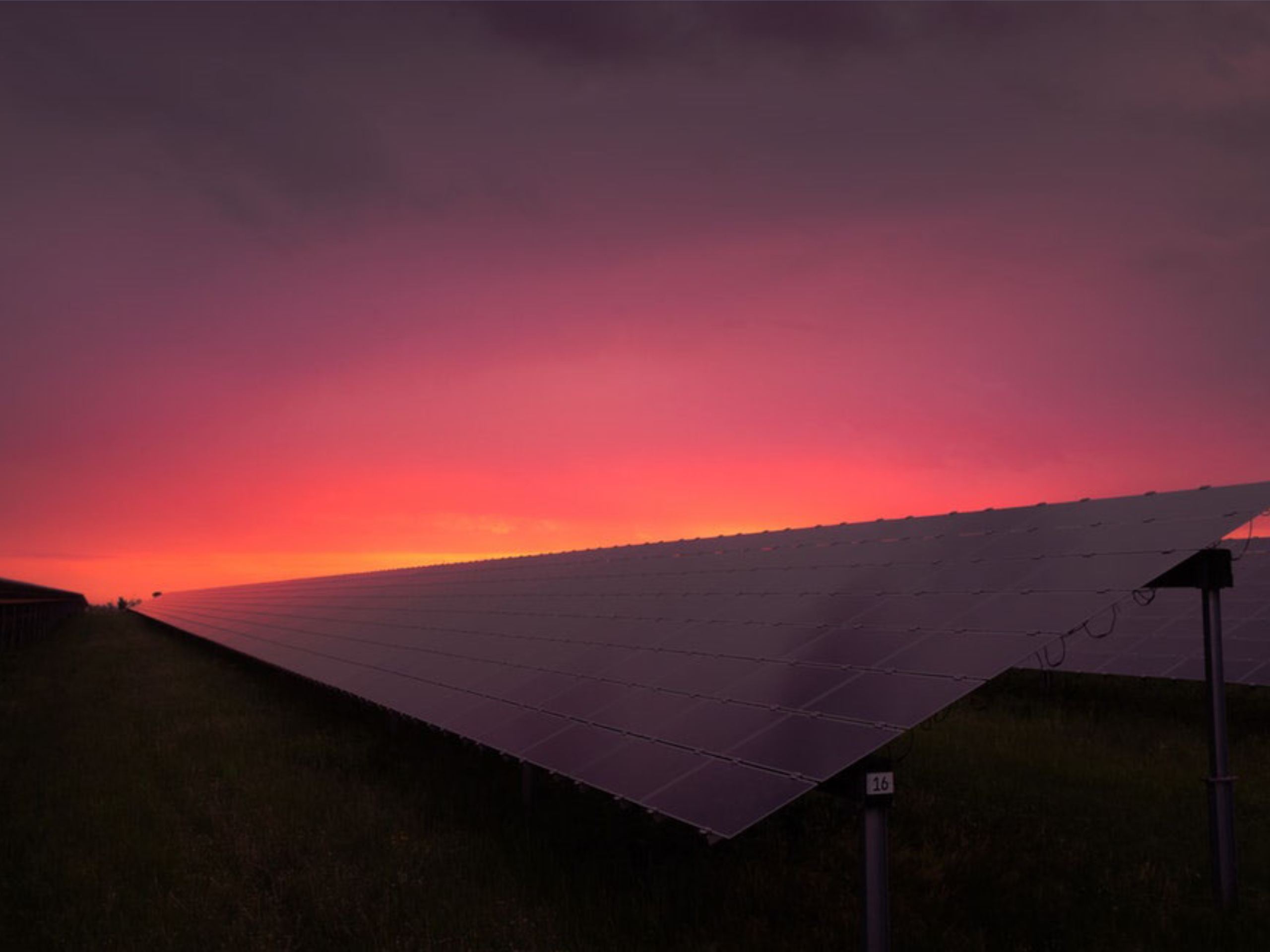
The benefits of community-owned renewable energy projects
Many people think of reduced carbon emissions and environmental benefits when thinking of renewable energy projects at the community level. Even more important for many communities are the economic and capacity building benefits of renewable energy projects.
By Jenna GallThere are different scales of renewable energy development and each requires different levels of capacity and finances, and offer different benefits. Community-scale projects are often behind-the-meter projects and are focused on offsetting the energy use from a particular building or set of buildings in a community. These projects are often rooftop solar projects.
Community-scale projects can vary in size, but are often between 5 kW and 5 MW in size depending on the jurisdiction where they are being implemented. In Saskatchewan, current programs support up to 100 kW for net metered projects, while in Alberta you can build up to 5 MW for net metered projects. While the return on investment for these types of projects is over a longer period of time, once the system is paid for, the community benefits from reduced energy costs allowing them to use that money for other things such as recreation and community programs. In most jurisdictions, community-scale projects have fewer regulatory requirements making it a much more accessible option for many communities who are looking to reduce their energy bills and invest in ownership of renewable energy.
Community ownership of utility-scale projects can be more complex and requires higher initial financial investment by communities and a higher community capacity to develop this kind of project. Utility-scale projects can also be challenging because they are often subject to stricter regulatory requirements by the provincial utility of utilities commission. The timelines to develop a utility scale project is also much longer than to develop a community-scale project. The length of time required to develop the project can also be a barrier for communities where higher leadership turnover is a challenge. However, utility-scale projects can also offer major benefits to the community including increased human and financial capacity, significant return on investment, and various social and environmental benefits.
Many different ownership models can be used for community-owned renewable energy projects. In the UK, community renewables have been owned by cooperatives, community charities, development trusts, and community-owned shares.2 To ensure the greatest community benefit there needs to be bottom-up approaches to Indigenous renewable energy projects that include a holistic approach to energy management where the community retains the most control over their energy future.3 The element of ownership is vital if renewable energy development with Indigenous communities is done in alignment with reconciliation goals. The Alaska Village Electric Co-op is an example of a remote electricity cooperative that is focused on community-control, energy security and a focus on renewable energy.4
Renewable energy projects with Indigenous communities are not always developed with reconciliation goals in mind. Both Haida Gwaii and Pic River First Nation have developed renewable energy projects and used a participatory and multi-level governance approach to their projects as a way to ensure community ownership and control.3
In summary, the key benefits of community-owned renewable energy projects include:
- Increased human capacity in the community
- Increased economic benefits
- Reduced energy costs - able to use that money for other community needs
- Community support for renewable energy projects
- Education and training in the community
- Reliable, local energy supply - energy security
- Community control and ownership - energy autonomy and democracy
References
- Walker, G. (2008). What are the barriers and incentives for community-owned means of energy production and use? Energy Policy, 36(1), 4401–4405. https://doi.org/10.1016/j.enpol.2008.09.032
- Krupa, J., Galbraith, L., & Burch, S. (2015). Participatory and multi-level governance: applications to Aboriginal renewable energy projects. Local Environment, 20(1), 81–101. https://doi.org/10.1080/13549839.2013.818956
- Aasa Marshall. (2017). Powering the North: Co-ops and Renewables — Co-operatives First. Retrieved January 4, 2018, from https://www.cooperativesfirst.com/blog/2017/10/12/powering-the-north-co-ops-and-renewables
Jenna Gall is a community energy project coordinator with First Nations Power Authority and a Master of Environment and Sustainability candidate with the School of Environment and Sustainability

